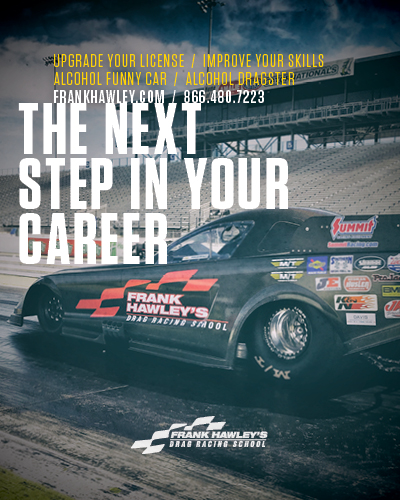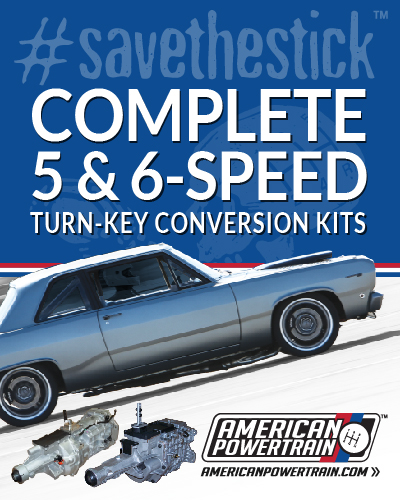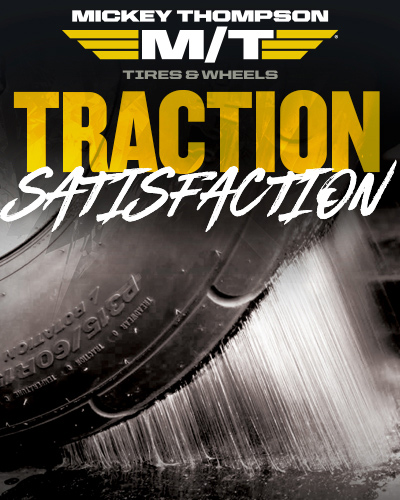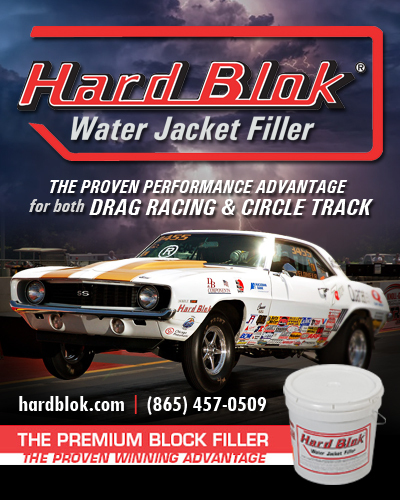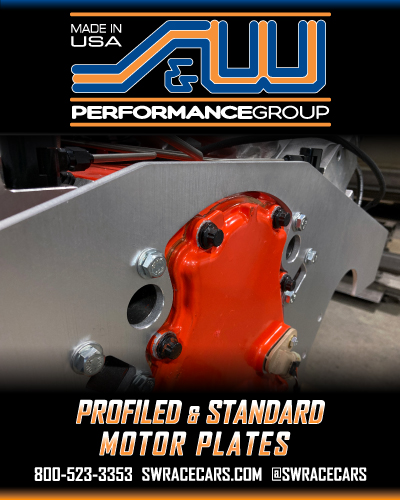STEVE COLLISON: THE MAN WHO LOVED DRAG RACING TO DEATH
It's been a little over 21 years since one of drag racing's more influential journalists passed away. This article, originally published on January 28, 2010, shows the will and drive of a man who loved drag racing all the way to the grave. As long as CompetitionPlus.com is around we will tell his story as much as we can. - Editor
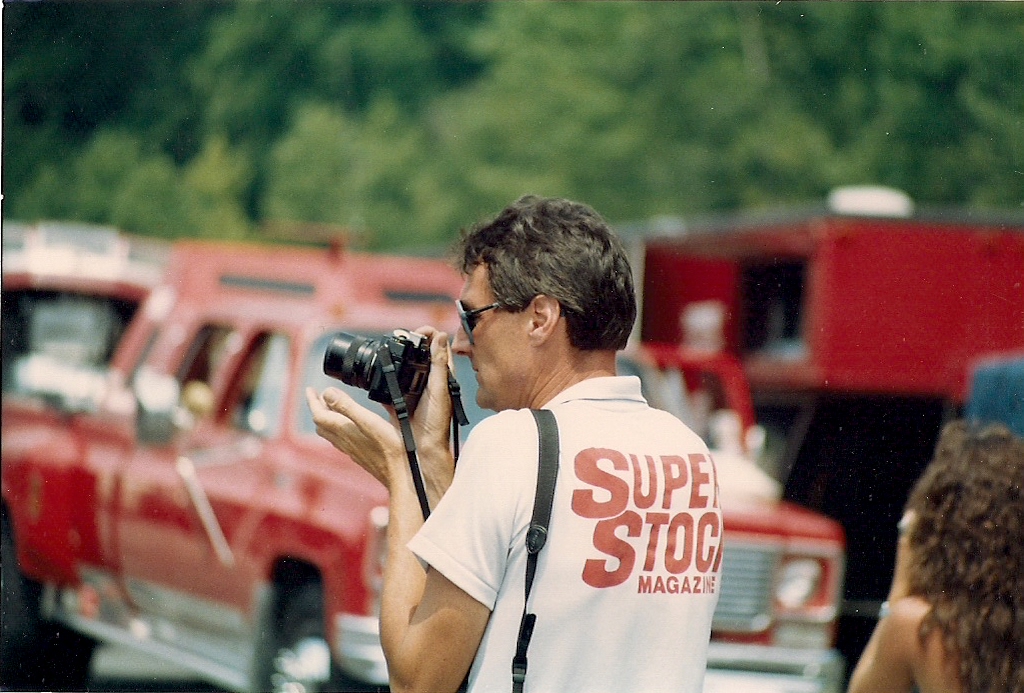
Gifted writer, talented photographer, innovative editor – Steve Collison was all of that and so much more.
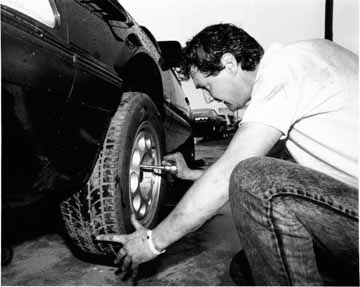 He passed away at age 54 nearly a decade ago, on Thursday, Dec. 14, 2000, fittingly while hard at work at his desk, pounding out the latest issue of Drag Racing USA.
He passed away at age 54 nearly a decade ago, on Thursday, Dec. 14, 2000, fittingly while hard at work at his desk, pounding out the latest issue of Drag Racing USA.
Collison, who was inducted into the Drag Racing Hall of Fame in 2003, left behind a legacy as one of the premier photojournalists in drag racing history. More important were the relationships he forged with others in the industry – photographers, writers, manufacturers, and, especially, racers. With him, it was always about the racers. Collison – "Stevie" to his friends – may have been on a first-name basis with every pro driver in the sport, but he valued his relationships with no-name little guys at least as much.
Collison burst upon the scene in 1970 when, at 24, he walked into the offices of Petersen Publishing, and, in response to help-wanted ad in the Los Angeles Times from Car Craft Editor Terry Cook, somehow got the job. He'd never written a story or taken a photo in his life.
By the time he died, 30 years later, Collison had appeared on the masthead – usually at the top, as the editor – of practically every racing publication there ever was. He worked for Super Stock & Drag Illustrated (three times), Drag Racing Monthly, Drag Racing USA, Bracket Racing USA, Cars, Muscle Mustangs & Fast Fords, and, for a few weeks in the '70s, National DRAGSTER.
"He was a capable writer, photographer, and editor, but the key to his success was his ability to delegate," says television commentator, writer, photographer, and racer Bret Kepner. "Look at how great Super Stock was under his tenure. He put together a team of people who had the same intensity he had, made sure everything got done, and managed to have a great time doing it."
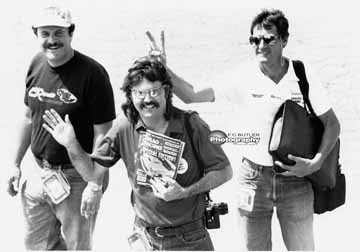 "Along with being not only the closest 'business pal' I've ever made in 49 years of drag racing, hot rodding and publishing, 'Stevie LuLu' remains the most formidable business rival I've ever battled," says Dave Wallace [middle], who was a friendly rival as editor of Peterson's Drag Racing magazine.
"Along with being not only the closest 'business pal' I've ever made in 49 years of drag racing, hot rodding and publishing, 'Stevie LuLu' remains the most formidable business rival I've ever battled," says Dave Wallace [middle], who was a friendly rival as editor of Peterson's Drag Racing magazine.
Collison's passion for drag racing was infectious. He was not just respected by his peers; he was loved.
"The simple explanation for all things Collison is the word 'enthusiasm,' " says Jon Asher, the godfather of drag racing writers and perhaps the most respected figure in the business today. "Stevie inspired an untold number of car and drag racing fans with his ideas and his enthusiasm. Yeah, there were times when that enthusiasm got in the way of common sense, but so what? It was a time when all of us were crazed in one way or another, and putting out magazines was a joy, not the chore it is now. Making a magazine successful and fun was more important than making money."
Nobody ever had more fun putting out a drag racing book than Collison, that's for sure.
"He's one of the most talented people I've ever known, but he was about as stable as nitroglycerine," says Francis Butler, Collison's friend of nearly a quarter-century and maybe the most published motorsports photographer ever. "When I would ask his wife, Cathy, how the kids were, we both knew I was talking about him, too. But here's the thing: He may have seemed out of control, but he always got the job done. He never missed a deadline, and I mean never – not once.
"He put out a good product, always," Butler says. "People still talk about it. He didn't even know how good he really was, and he was so intense that when people first met him, it was almost like, 'Who is this guy?' I told him thousands of times: You have too many ideas. He'd get one, and before he had time to do anything with it, he'd come up with another one. And he'd always give new writers a chance – too many chances, if you ask me. He never forgot that he was a nobody at one time, too. Some guys in this business can't wait to tell everybody they just talked to Kenny Bernstein or John Force. Not Stevie. He was just as happy to talk to a sportsman racer. He wasn't in it for the money – when he started, there wasn't any. He was in it for all the right reasons. He was, by far, the best editor I ever worked with. If he'd ever had any schooling, who knows what he could have done. He used to mention that all the time – 'I should have gone to college.' But I don't know if it would have made him any better than he already was."
"Collison was like a lot of the best journalists in drag racing," Kepner says. "He had absolutely no training for writing or photography whatsoever. He walked into Petersen Publishing right when Car Craft had the greatest group of talent ever assembled, and somehow got a job."
"At Car Craft, Stevie would latch on to an idea bounced out during a staff meeting and take it to the nth degree," Asher says. "He played an important role in everything from the formation of the Super Modified classes to the Econo Altered and Econo Dragster classes, all conceived by and championed by the gang at Car Craft, and I readily admit that I was only on the edge of those developments. My area was fuel racing, not doorslammers or other non-nitro-fueled cars."
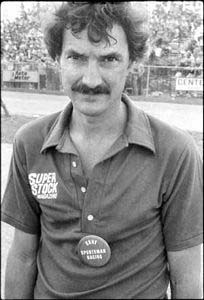
Not Collison. He was all about the sportsman racer. He was one of them. When NHRA axed Modified Eliminator in 1981, no one was more outraged than Collison. Few people ever got under NHRA's skin the way he did.
"He was fearless," Butler says. "He'd go up against anyone and anything for what he believed in. He stood up for the racers, and they loved him for it. Whatever the situation was, he wasn't on NHRA's side – he was on the racers' side, and they knew it. You know what most people probably didn't know about him? He was a good driver. His mechanical skills would fit in a gnat's ass, but he was great with a 4-speed."
The fact that he had raced at Lions Drag Strip may have been Collison's only qualification for the Car Craft gig other than his over-the-top passion for the sport. He was working for the infamous Howard Hughes at Hughes Aircraft in El Segundo, Calif., when he did the Petersen interview, but in no time at all, he was a major figure in the industry.
"Along with being not only the closest 'business pal' I've ever made in 49 years of drag racing, hot rodding and publishing, 'Stevie LuLu' remains the most formidable business rival I've ever battled," says Dave Wallace, who was running Drag News in the 1970s, when he was still in his 20s. "From 1984 until Petersen Publishing pissed me off in late 1988, we duked it out in public, continuously. It was long-established Super Stock & Drag Illustrated vs. Petersen's Drag Racing magazine, and the winner was whichever editor got a 'scoop' that hit the newsstands first.
"The loser got a phone call," Wallace says, "that always started with the same four words: 'Read all about it!' Then the loser would be tortured by a detailed description of the other's big-deal exclusive about some incredible technical breakthrough, racer scandal, or dumb NHRA move that the winner had been keeping secret for the two months it took to get that issue written, laid out, printed, and distributed to our loyal audiences. There was no deeper pain – nor greater joy – on those occasions when it was Drag Racing that had the scoop, and I got to dial the other one and say, 'Read all about it!' "
But no story was ever bigger than the individuals involved, no blockbuster more important to Collison than the people themselves.
"Collison got a lot of major scoops, but at the same time, he was trustworthy," Kepner recalls. "He didn't screw people. They'd spill their guts to him or give him some great little tidbit, and if they said no when he asked if he could run it, he wouldn't. No scoop was ever more important to him than the relationships he had with people."
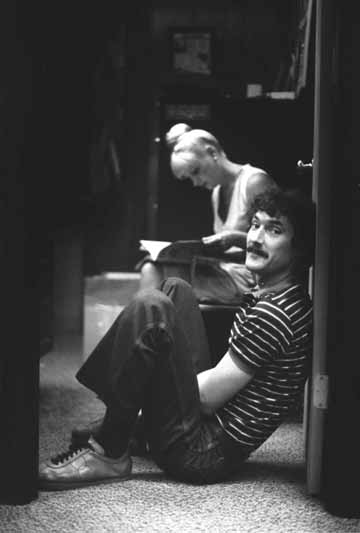 Searching his office for a misplaced photo of racer Malinda Bertozzi was the last thing Steve Collison ever did. Ensconced in his home office in Atco, N.J., just a dry-hop from Atco Raceway, with friend and co-worker Dale Wilson on the other end the line, Collison had a heart attack at his desk and died with the phone in his hand.
Searching his office for a misplaced photo of racer Malinda Bertozzi was the last thing Steve Collison ever did. Ensconced in his home office in Atco, N.J., just a dry-hop from Atco Raceway, with friend and co-worker Dale Wilson on the other end the line, Collison had a heart attack at his desk and died with the phone in his hand.
"I can't remember if he called me or I called him that morning, but on the phone, Stevie was definitely subdued, his tone of voice soft," remembers Wilson, a multiple-event winning bracket racer and, as a former writer for the Tampa Tribune and the Atlanta Constitution, one of the few people in drag racing journalism who ever worked for a "real" paper. "He called me back twice in the early afternoon, looking for photographs that should have been right on his desk.
"Suddenly, I heard the rustling of paper and a faint noise of somebody making a high-pitched sound, very briefly, that was mostly obscured by the paper," Wilson says. "That rustling of paper lasted about five seconds. I thought it was Stevie shuffling things around his desk. Then, nothing – no other sound. 'Steve? Steve?' I shouted over the phone. 'Hello? Hello?' I waited about 15 seconds. I figured he was frantically looking for the lost photos, which were scheduled for the next week. I heard nothing on the other end. I hung up, wanting to be a good little employee and save the company some money. I wish I hadn't. I called Stevie at least three times after that. No answer, nothing."
Ten years later, his loss still reverberates across the sport.
"I think about him all the time," says Butler, who spoke to him the day he died and hasn't been to a national event since. "I just quit going, cold turkey. It wouldn't be the same without Stevie. He was my man, my best friend in drag racing, hands down. I miss the guy every day of my life."
So does Wallace. "I won't even try to resist drifting into the present tense when I talk about him because he seems more alive than dead to me, even after nearly a decade," Wallace says. "I attribute this delusion to the reality that 99.9 percent of our 27-year friendship was enjoyed from a distance of 3,000 miles. I always kidded him about being the first Southern Californian in history to move to New Jersey on purpose. Except for being unable to hear his voice on the phone or shoot him an e-mail, the relationship is not that different than it ever was."
"There's absolutely nobody who didn't like Steve Collison," Kepner says. "To him, it was never about the cars as much as it was about the people. Everybody loved him, and it enabled him to get pretty much whatever he wanted from manufacturers, racers, and other members of the media. His greatest skill was being everybody's buddy. He had this uncanny ability to make you feel like you were his best friend in the world."
Steve Collison was the best friend any drag racer ever had.
"If he was still with us, the racers would still love him," Butler says. "And NHRA would still be saying, "That that d*** Collison…"













